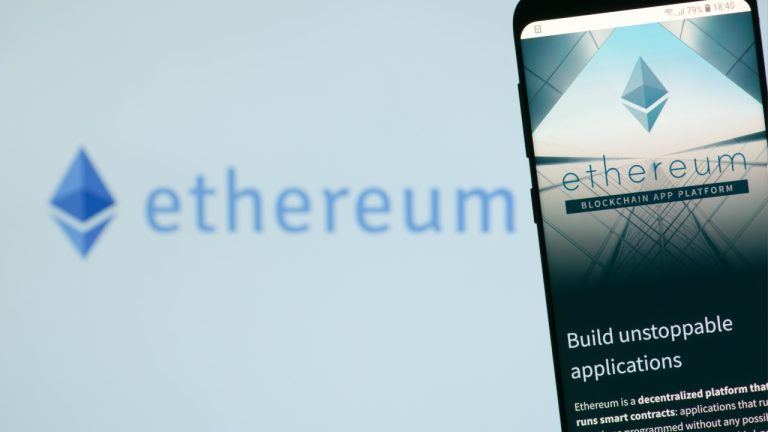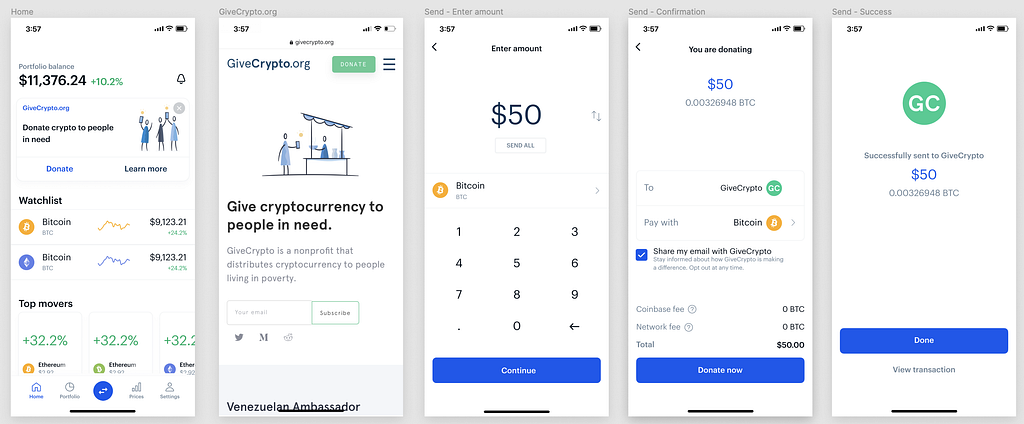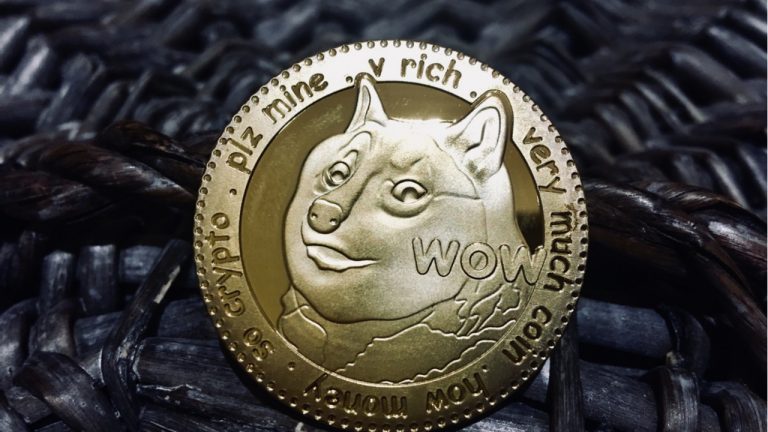
The Argentine Masonic Grand Lodge is the first freemason affiliation to utilize Web3 technology in a philanthropic NFT collection.
The Argentine Grand Lodge of Free and Accepted Masons is jumping into nonfungible tokens (NFTs), but with a philanthropic twist. The secretive society is releasing 77 digital art NFTs under the name CryptoMasons, with profits going back to local charities supported by the chapter.
According to the announcement, it is the first official NFT project supported by a local Grand Lodge. A Masonic Grand Lodge is the governing entity of a given fraternal freemasons group in a specific region. While this project comes from an Argentinian branch, there are hundreds in existence around the globe.
The collection contains esoteric images related to masonry history and lore, such as black and white checkered floors and the infamous square and compass symbol. Even the specific number of 77 NFTs available correlates to a numeric significance within occultist traditions and spirituality.
Nuevo adelato!
— CryptoMasons (@CryptoMasonsGLA) May 23, 2022
New sneak peak!
"Cuando te busco, no estás
Cuando te encuentro, te vas"
¿⬆️⬇️? pic.twitter.com/B7LjQwqlP9
Behind this collection are the Lodge’s philanthropic intentions, which gives part of the funds back to local charities. The website for the collection claims the organization is using this collection in part to “raise philanthropy to a new and unprecedented scale in the history of the institution."
Related: The new philanthropic frontier: How Web3 could democratize donations
This is yet another NFT collection using the combination of Web3 technology and utility for philanthropy. Digital assets are being used from things like raising funds for victims of conflict in Ukraine to micro-donations patronage for classical music.
CryptoMason NFTs are going towards a local orphanage, professional development center for youth and an immigration rights center in Argentina.
Hoy, les presentamos otra iniciativa filantrópica con la que vas a colaborar cada vez que compres un NFT de @CryptoMasonsGLA
— CryptoMasons (@CryptoMasonsGLA) May 31, 2022
⛓️El centro de Formación Laboral "Angel Cassanello"
Ubicado en Santa Fe
♀️Forma jóvenes en diferentes oficios
Conocé más: https://t.co/a0lKNEiHLX pic.twitter.com/5UI5TZVya4
This development out of Argentina comes as the country continues its crypto adoption. On Aug. 24 the country’s Mendoza province began accepting crypto for taxes and administrative fees. A month prior Binance and Mastercard announced a launch of prepaid crypto cards in Argentina.
According to survey data from Triple-A, around 5.18% of Argentina’s population own a type of cryptocurrency, which is over 2.4 million people.







